
Cardio-Oncology Preclinical Models: A Comprehensive Review
By W. Bouleftour et al
Cancer therapies are designed to treat disease but often the drugs themselves can cause morbidity and mortality. Cardiotoxicity is a major side effect of many cancer therapies, though the causes for this are not well understood. This interesting paper reviews the current models of cardiotoxicity and how we can use them to improve drug safety.
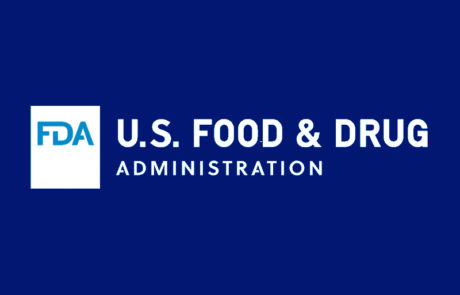
S1B(R1) Addendum to S1B Testing for Carcinogenicity of Pharmaceuticals
By The FDA
This Addendum is to be used with ICH S1A Guideline on the Need for Carcinogenicity Studies for Pharmaceuticals, S1B Testing for Carcinogenicity of Pharmaceuticals, and S1C(R2) Dose Selection for Carcinogenicity Studies.
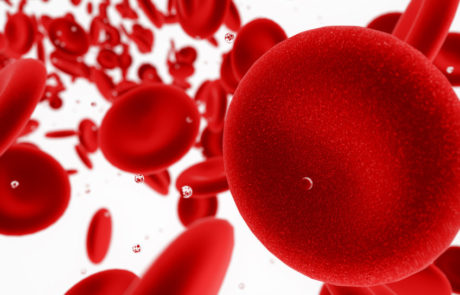
Toxicity of Immune-Checkpoint Inhibitors in Hematological Malignancies
By K. Hradska et al
There are a limited number of available treatment options for blood cancers. Immune checkpoint inhibitors (ICIs) are an essential tool in the treatment of solid tumours and it is possible they may also be effective in eliminating haematological malignancies. This review investigates the effectiveness of ICIs in blood cancer trials.
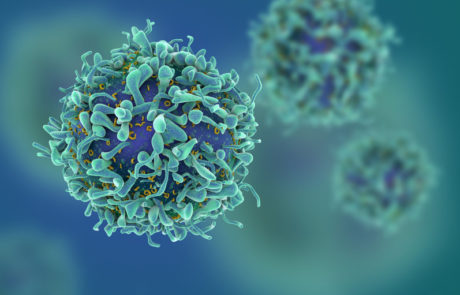
Gene-Edited T Cell Therapy Players Battle Safety Doubts
By Anita Chakraverty
Phase I/II trial of Allogene’s genetically engineered Chimeric Antigen Receptor (CAR)-T cell therapy has come to a halt over safety concerns as blood biopsies fromone patient showed CAR-T cells with an unexplained chromosomal abnormality.
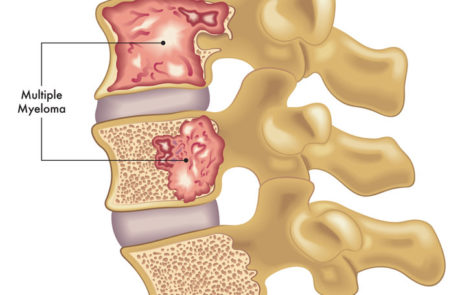
Oncopeptides’ shares crash as it pulls Pepaxto from the market, plans to shut down commercial units
By Kevin Dunleavy
Oncopeptide has withdrawn it’s relapsed or refractory multiple myeloma drug, pepaxto, from the market following it’s accelerated FDA approval earlier last year. The suspension comes as it is found that pepaxto has an increased risk of death compared to Bristol Myers Squibb’s Pomalyst and dexamethasone.

Investigator Responsibilities – Safety Reporting for Investigational Drugs and Devices
By The FDA
This guidance is intended to help clinical investigators comply with investigational new drug application (IND) studies by identifying unanticipated problems involving risk to human subjects as well as Investigational device exemption (IDE) studies by identifying safety information that meets the requirements for reporting unanticipated adverse device effects.
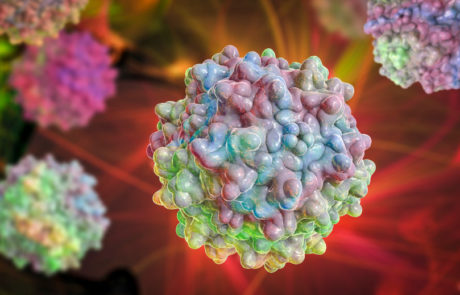
How to Develop a Robust Viral Safety Strategy for Gene Therapies
By Shuda Sundaram
There are over 1000 clinical trials investigating gene therapies, evolving to provide promising therapeutic options for patients with rare diseases. It is therefore essential to ensure viral safety when manufacturing viral vectors used to deliver the corrective genes into patient cells. This article describes how we can do this.

Top 10 drug launch disasters
By Angus Liu
The launch of a new drug is one of the most financially important moments in the drug lifecycle. Successful launch enables the developers to recoup the previous expenditure from drug development to be put into future research. This article shows the 10 least successful launches of the last 5 years and suggests why they failed.
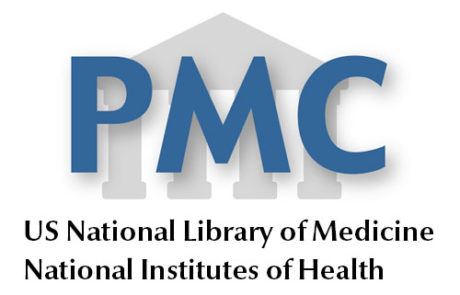
Personalization of medical treatments in oncology
By M. Bizzarri et al
This paper a suggests a comprehensive personalized model to view disease as a “historical” process, in which different spatially and timely distributed factors interact with each other across multiple levels of organisation, which collectively interact with a dynamic gene-expression pattern. Given that a disease is a dynamic, non-linear process, not a static-stable condition, treatments should be tailored according to the “timing-frame” of each condition.
